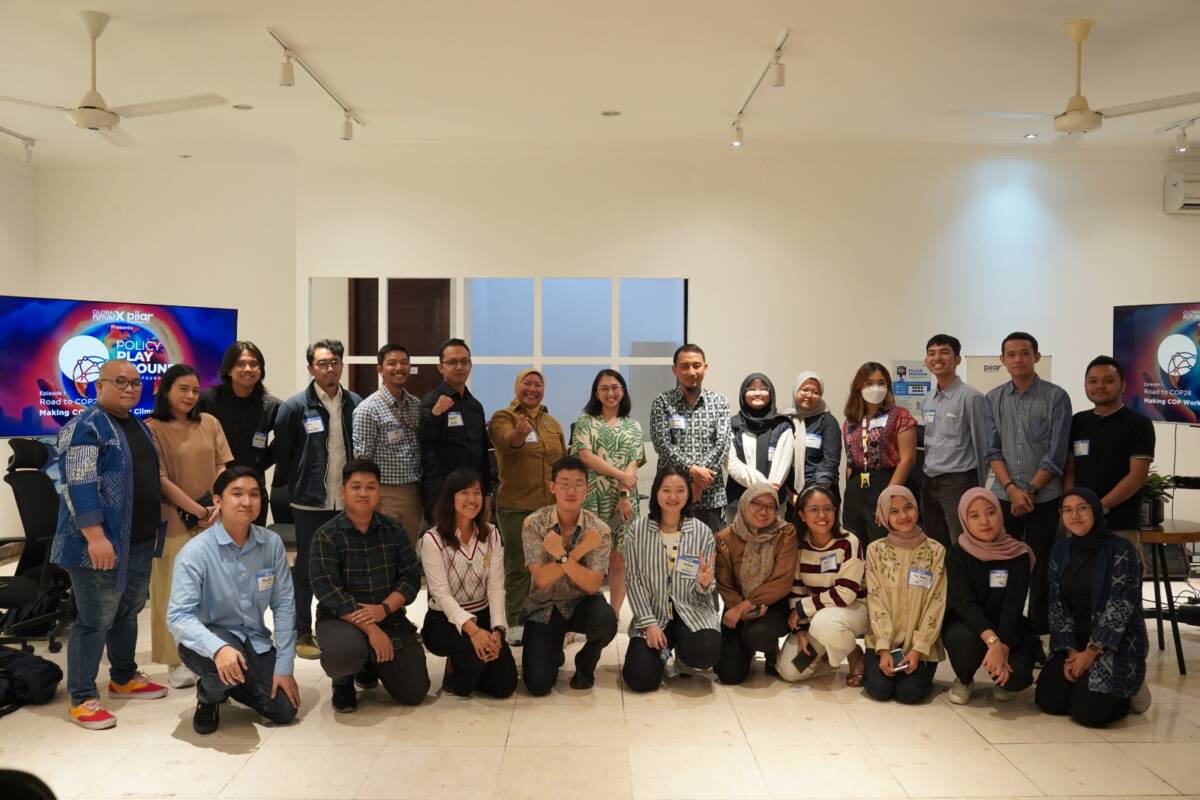Jakarta, April 26, 2024 - At COP28, a decision was made to adopt a global stocktake (GST) . The decision acknowledged that the world is facing challenges in meeting the Paris Agreement target and projected that the global temperature may exceed 2.1 to 2.8°C by the end of this century even with full implementation…



